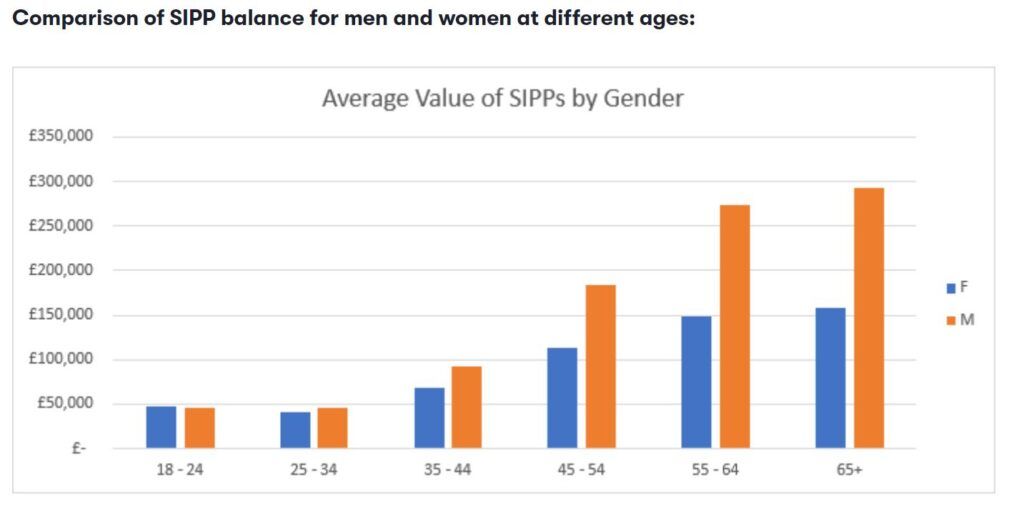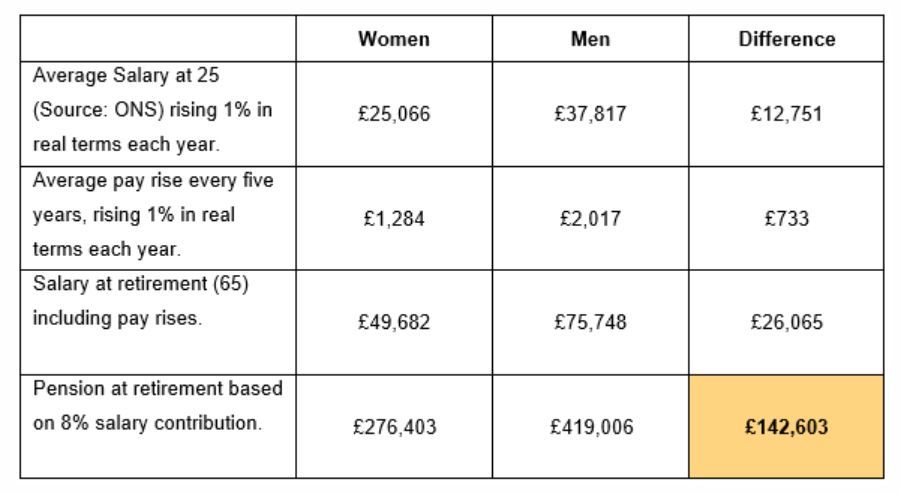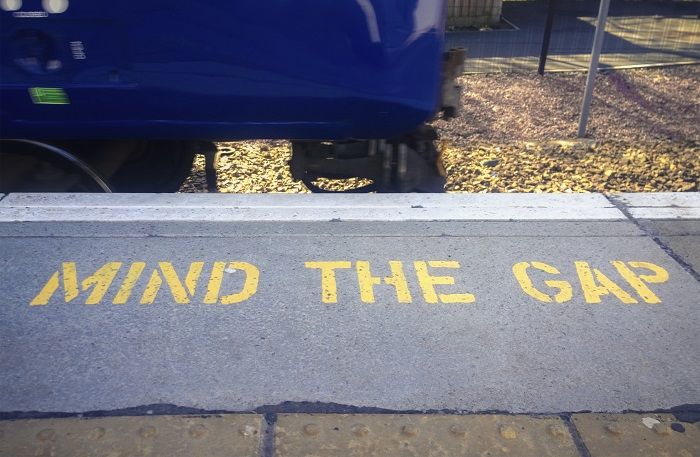The latest gender pensions gap data makes for another year of grim reading with findings such as the disparity begins in the 25-34-year-old age bracket, and that men receiving higher pay rises than women are a contributing factor.
Women customers of interactive investor start out in their 20s with, on average, 5% more in their pension pots than men. By the time they reach age 55, the average value of their pension pots is 46% lower. Their pensions begin to fall behind in the 25-34-year-old age bracket.
“The gap then becomes a chasm through the 30s age bracket and never recovers, with the growth in men’s pensions consistently outpacing the growth in the value of women’s pots,” Becky O’Connor, head of pensions and savings at interactive investor said.
interactive investors’ research found the big growth years for men’s pensions are their 30s and 40s, when the value of the average pot roughly doubles with each decade. Women’s pensions on average grow by 64% between their mid-20s and their mid-30s and 65% between their mid-30s and mid-40s. The rate of growth then slows to 32% between a woman’s mid-40s and mid-50s. For men, the rate of growth slows between the mid-40s and mid-50s to 50%, but still outpaces the typical increase in women’s pension values.
“Women typically have just over half the pension pot value of men by the time they reach their mid-50s – the point at which it becomes possible to access pension savings for the first time,” O’Connor added.

Reasons for this include the impact of women taking breaks from paid employment or reducing working hours to undertake disproportionate unpaid care work, the cumulative impact over time of women earning less on average than men, and the disproportionate exclusion of women from the workplace pension auto-enrolment scheme.
Men receive bigger pay rises
Factoring into the pay disparity between men and women is the fact men typically receive £733 more than women when their salary is increased, according to research from Fidelity International. This could result in a gender pensions gap of £142,603, or higher when considering men are more likely to ask for a pay rise than women, the research said.
“The difference regular pay rises – especially when also considering inflationary rises – is stark, with women’s pension pots on average left thousands of pounds short,” said Maike Currie, investment director at Fidelity International.
“Women typically have longer life expectancies meaning their pension pots need to stretch further, but lower pay, smaller pay rises, and career breaks all combine to create a significant shortfall. It’s imperative that more is done to support women with their finances and pension savings.”









